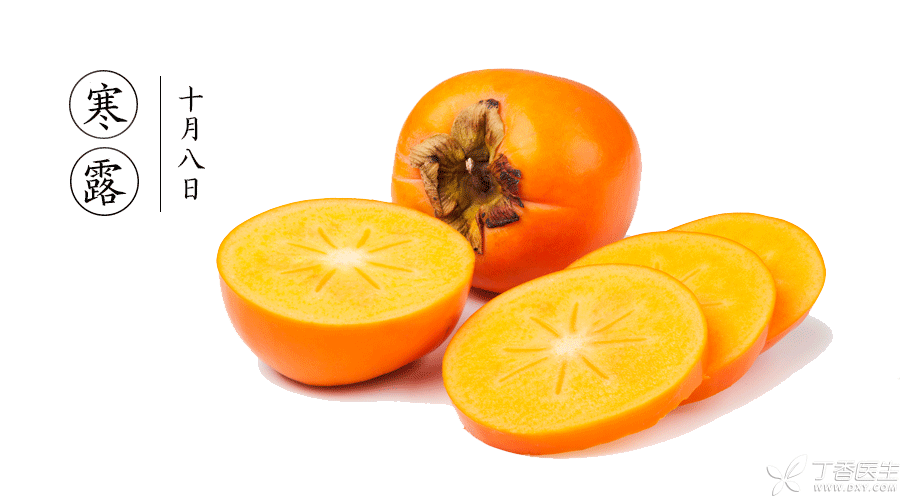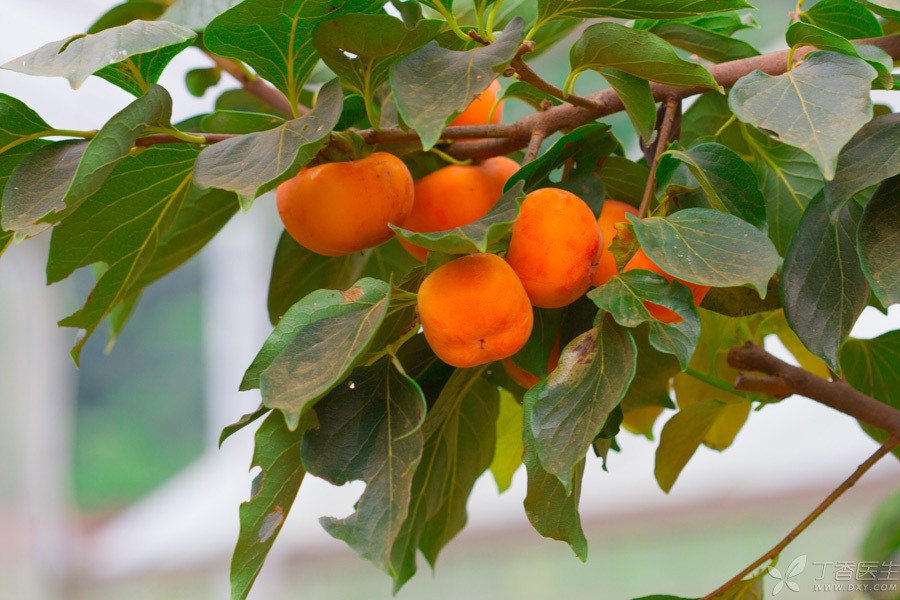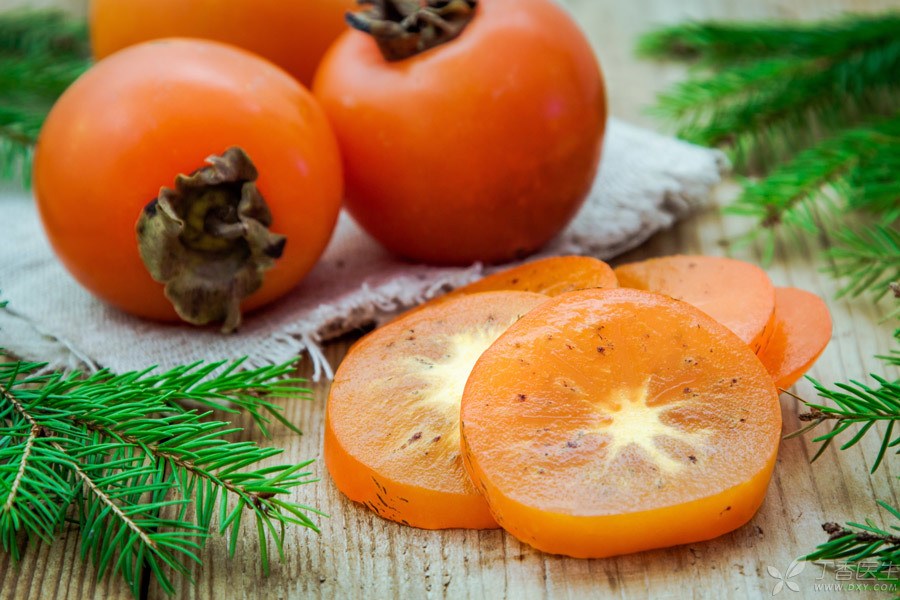
As the saying goes, in the golden autumn of October, golden and sweet persimmons are definitely indispensable for fruits that can bear the flavor of autumn.
In October, the number of persimmons is gradually increasing. Many people will put a few persimmons on the fruit plates on their desks, symbolizing [everything (persimmons) is satisfactory], which is very pleasing.
However, rumors about persimmons have also increased, and various taboos about eating persimmons are circulating in the community. Today, the health headline (micro signal: Baojiandaifu) will tell you whether these rumors are true or not. How should I eat sweet and attractive persimmons?
A long-standing [Ling Shuanghou]
Persimmons have a long history in China. They have been cultivated for more than 2,000 to 3,000 years in past dynasties. Many poets have also sung persimmons. For example, in the Northern Song Dynasty, there was a poem praising persimmons:
Taste Hua Lin Fang Di, color and Yang Jing Shen Zhu. Light and even crimson wax is crisp, no more than human dew.
A few words describe the color, taste and shape of persimmons very aptly.
Legend has it that persimmons once saved the life of Zhu Yuanzhang, Emperor Taizu of the Ming Dynasty, and were even dubbed “Ling Shuanghou”. There was even a practice of replacing persimmons with grain to prepare for the shortage.

Sweet and delicious, eye-protecting Zhu Hongguo
There are many varieties of persimmons with different colors, shapes and tastes. There are red and juicy persimmons shaped like flat peaches, crisp persimmons with square appearance and orange and yellow crisp, and round and lovely persimmons with green skin.
Persimmons have a high sugar content of 18.5%, which is also the reason why persimmons taste especially sweet. In addition, persimmons are rich in-carotene, with a content of 120 micrograms per 100g, which is higher than common fruits in autumn and is beneficial to eyesight protection.
In addition to fresh food, persimmons can also be made into persimmon cakes. Persimmon cakes are covered with white frost and sweet and glutinous pulp. They can be eaten alone and can be used as vegetables. They are very popular with the public.
Persimmon cakes concentrate the nutrition in persimmons, except that the content of some nutrients that are easy to be damaged by oxidation decreases, the content of other nutrients increases greatly.
Persimmons are delicious and taboo?
People often hear all kinds of taboos about persimmons, such as:
Persimmons cannot be eaten with yogurt and eggs, which will cause stomachache!
In fact, this is all [tannic acid] at fault!
Tannic acid is a polyphenol substance. Under certain conditions, it can combine with protein to become water-insoluble precipitate-[tannic acid protein].
When there is more gastric acid in the stomach, tannic acid protein and pectin, cellulose, etc. in the food bond persimmon skin and persimmon core together to rapidly form gastric stone in the stomach, also known as [gastric persimmon stone].
This [gastric persimmon stone] causes damage to the stomach. Patients often have abdominal pain, abdominal distension, nausea, vomiting, black stool and other symptoms, and even erosive gastritis and gastric ulcer. In serious cases, surgery is required to remove the gastric stone.
However, the foods that cannot be eaten with persimmons in these rumors, such as yogurt and eggs, are rich in protein, which at first glance seems somewhat reasonable.
However, a problem has been ignored here. It is not that simple to produce [stomach persimmon stone]!

The premise of these discomforts is [eating in large quantities] and [persimmons contain high tannic acid].
In fact, the tannic acid content in different persimmons is different, generally between 0.4% and 4%, with a difference of ten times.
Generally speaking, persimmons can be divided into astringent type and sweet type. Sweet persimmons can naturally deastringent in trees before ripening, while astringent persimmons need to be ripe and picked, and after artificial deastringent, excessive tannic acid will be removed, which is suitable for sale and eating. Most persimmons in the market are deastringent and have low tannic acid content.
However, when persimmons are not ripe, tannic acid content is relatively high, especially in the outer cortex of pulp-that is, near the persimmon skin, tannic acid is more distributed.
To judge whether the tannic acid content of persimmons is high or not, the simplest method can be used-tongue. Simply put, the more astringent it tastes, the higher the tannic acid content. Usually eat 1 or 2 mature persimmons of medium size (about 150 ~ 200g/one), which are not sour or astringent, and generally do not cause adverse reactions.
In addition, you can also choose to eat persimmon cakes. Persimmon skins with high tannic acid content are removed during persimmon cake processing, which is a better choice for friends with weak gastrointestinal function.
Can persimmons be eaten on an empty stomach?
In addition to tannic acid, more gastric acid secretion and weak gastrointestinal function are also the causes of possible discomfort after eating persimmons.
When a person is on an empty stomach, the acidity in the stomach is usually high, and it may be uncomfortable to eat only a small amount of persimmons.
This is why cases of persimmons in the stomach were more common one or two decades ago: at that time, food was insufficient, and some people picked 2 or 3 persimmons from the trees and ate them in order to appease their hunger. It was more dangerous to meet those that did not remove astringency.
Therefore, if it is a friend with weak gastrointestinal function and excessive gastric acid secretion, it is better not to eat persimmons on an empty stomach.
Eat persimmons healthily
If you want to enjoy the delicious taste of persimmons and don’t want to suffer from abdominal pain, you should pay attention to the following points.
-
Eat a proper amount of persimmons. Generally speaking, the amount of persimmons of medium size should not exceed 1-2 a day.
-
Diabetics do not recommend persimmons. If you must eat them, eat less and try them a little.
-
Don’t eat persimmons that have not been removed from astringency at will, such as persimmons grown by roadside or so-called home.
-
Don’t eat immature persimmons.
-
For people with weak gastrointestinal function, try not to eat astringent persimmons and can choose to eat persimmon cakes.
-
If you feel strong discomfort after eating persimmons, you should see a doctor in time.
